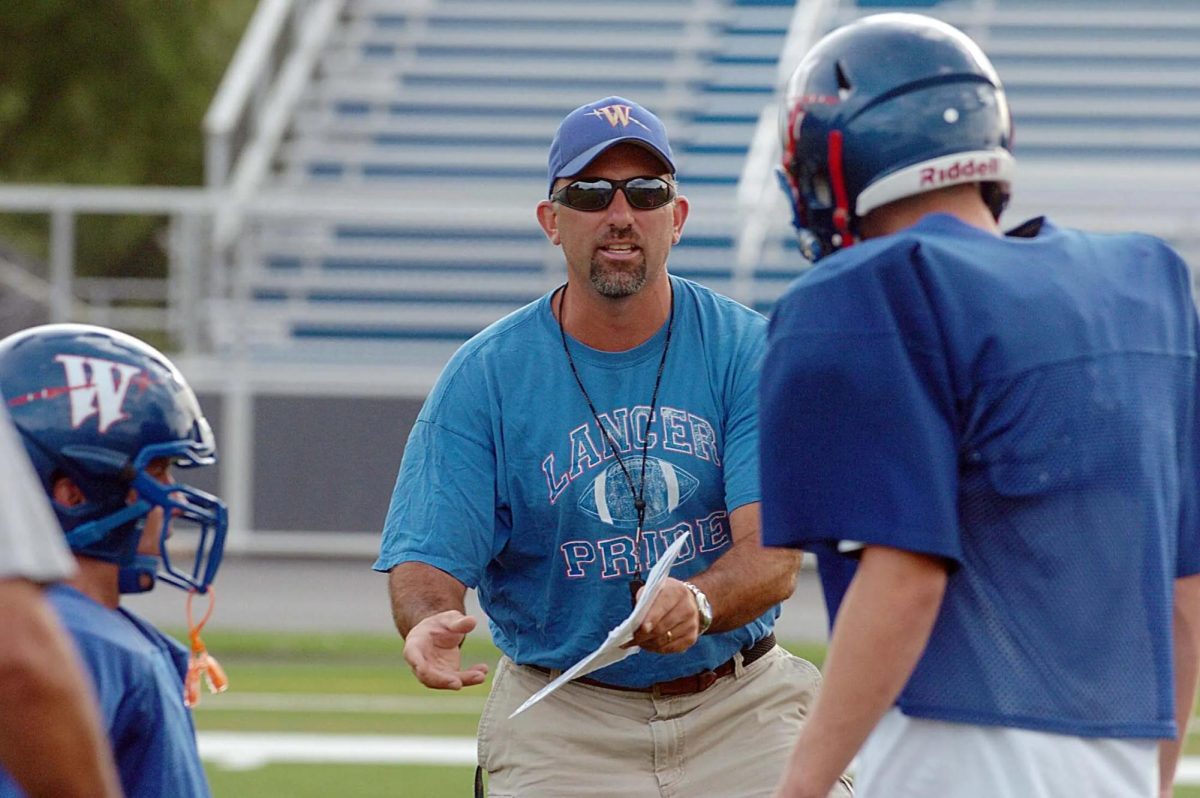Opinion: Condolences to the Waterford High School We Knew

April 14, 2022
In a school where the idea of college looms over students in their upperclassmen years, sometimes to the point where it feels as though knowing one’s entire future and attending the perfect college is the only option, policies being implemented at Waterford High School feel as though administration is doing the opposite of preparing students for beyond. In my four years here, I cannot count the times a teacher has said something along the lines of “it won’t be like this in college or the workforce (insert some quote about how it will be harder with no leniency or guidance).”
Hearing in-depth about the new policies/schedules that have come to Waterford High School and will come to the high school makes me question what the goals of the school really are.
The biggest and most controversial discussion has getting rid of the block schedule and bringing in trimesters. As students, we’ve all heard teachers talk about the change being unwelcoming and unappealing. A few years ago after a panel of teachers studied different schedules that the school could use and they determined the block schedule we have worked best. However, the administration has decided, regardless of the committee’s findings, that we will switch to trimesters. One has to question if there is bias behind the decision, as both Principal Hauser and Vice-Principal Samuelson live in Madison, Connecticut, which has a trimester schedule.
With the increase in credits needed to graduate and extra classes needed, such as requiring another health class and a world language, trimesters would allow for more classes to be put into a student’s schedule. They could earn up to nine credits a year instead of eight. It is also said to help kids struggling, as if they have a bad first trimester they can repeat the class and make it up in the second and third trimester. AP classes would be every day during the first and second trimester, ending a few weeks before the big tests.
Hauser feels confident that this system would work best for students, as his sons go to a school using this system. His sons state they feel well prepared for the tests and prefer the trimester schedule overall. However, switching from a block schedule to a trimester schedule would be detrimental to most students here in Waterford. Most teachers are against the idea of switching. It would be chaotic, there would be less teaching time, so they would have to split lessons up, and time gaps would impact classes such as world language, where there would be larger gaps between years and levels. One teacher who was here when Waterford High School previously had a seven-period rotating schedule, which is similar to the proposed trimesters, stated “it was chaos with more time in the hallway and less time in class and everyone hated each other.” While of course not everyone actually hated each other, there is too much chaos and questions to make it as efficient and successful in comparison to the current schedule.
I also do not understand that if the school is so focused on sending people to college and preparing students for post-secondary life, why would it change to trimesters? Most colleges run either quarters or semesters, systems that students can easily assimilate to after they leave here, whereas trimesters are less common and vastly different. Additionally, the weeks before the AP test are critical. It is a teacher’s final time to review the content and skills needed on the test. By taking this time away from the class, the content will have been completed weeks before, but there would be no structured time to ensure there is a handle on everything or last minute review.
The start of the pandemic also brought along a new policy that has been continued even after the school went back to full in school. The policy of “basement 50s” has been under scrutiny by some teachers, but liked by others. Why would a student receive a higher grade that they did not earn? If they decide not to hand in work or come to class, why should they have a minimum grade that, while it is not a great one, is better than what would be received? Administration’s reason is after seeing how it worked for Clark Lane, they wanted to encourage students to start trying. They claim that if a student decides to slack off in the first quarter, they can still pass the class and use it as a chance to do better. However, this policy applies to any quarter and midterm or final exam, so a student could try during the first quarter and completely stop the second quarter, coming only enough to fit the requirement for attendance and doing no work. These students would still pass the class.
While I understand that if students are struggling, teachers should help them understand the material and assist in bringing their grade up in the class, but that is not what this policy is. The policy is giving a “cop out” to those who do not want to earn a good grade, not helping them learn the lessons in life that the school emphasizes, where “it won’t be handed to you” in adulthood.
The school and administration are making decisions based on how the school will appear to the outside. The changes show that they care more about the graduation rate and how many kids go to college, rather than helping them learn important material and making sure that those kids are actually prepared to go to college. Some kids would do better going to a technical school or joining workforce opportunities, but the school pushes college like it is the only option for most while changing how ready students will actually be for college.
Trimesters and basement 50s are coming for the benefit of administration and appearances only. Due to the fact that these changes reflect better on the school’s ranking and how the state looks at them. The wellbeing of the teachers, the people actually trying to do their jobs of helping students flourish and learn content and skills of the world, and the wellbeing of the students, who school is created for, come secondary.














